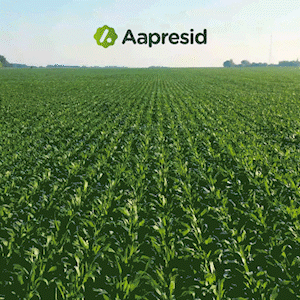1/11/05, 12:09
Discriminating conventional and conservation agricultural management practices with airborne multispectral imagery
Con el objetivo de discriminar prácticas de labranza convencionales o conservacionistas y el uso de fertilizantes orgánicos e inorgánicos, y las combinaciones entre ambos, se utilizaron bandas multiespectrales a partir del canopeo de trigo. El monitoreo de las prácticas de labranza para reducir la emisión de C y aumetar su secuestro en el suelo es una meta de la agricultura sustentable definida en el Protocolo de Kyoto.
C. Hache, S. Shibusawa, A. Sasao
Agriculture, Ecosystems and Environment 111 (2005) 354-366
In its collaborative efforts towards environmental preservation, the agricultural sector faces the challenge of adopting management practices that reduce carbon emission and increase its sequestration. Remote sensing offers the means to discriminate the spectral signatures of conventional and conservation practices and develop monitoring methods so needed by policy makers. This research provides valuable insight into the applicability of wheat canopy multispectral airborne images to discriminate conventional and conservation tillage practices interacting with two nutrient sources (i.e., inorganic and a mixture of inorganic-organic fertilizer). Combinations of tillage and nutrient sources were considered as treatments in this research. Multispectral images were acquired at different growth stages. Three simple analysis methods (analysis of variance, supervised image classification and its contingency analysis, and unsupervised classification) yielded similar results. Analysis of variance indicated high capability of the red band to discriminate tillage practices, the green band to differentiate nutrient sources and the near infrared to separate treatments. Tillage practices were discriminated with high accuracy throughout the growing season using both supervised (70-82% accuracy) and unsupervised classification methods. Nutrient source classification accuracy was also high (77-89%), but imagery should be collected from partially vegetated fields (i.e., before flowering). For treatment discrimination using either supervised or unsupervised methods, images should be acquired before flowering. Multispectral images collected early in the season demonstrated a high potential to discriminate conventional and conservation practices.
Antes de que te vayas,
¿te gustó este contenido?

¡Muchas gracias!


